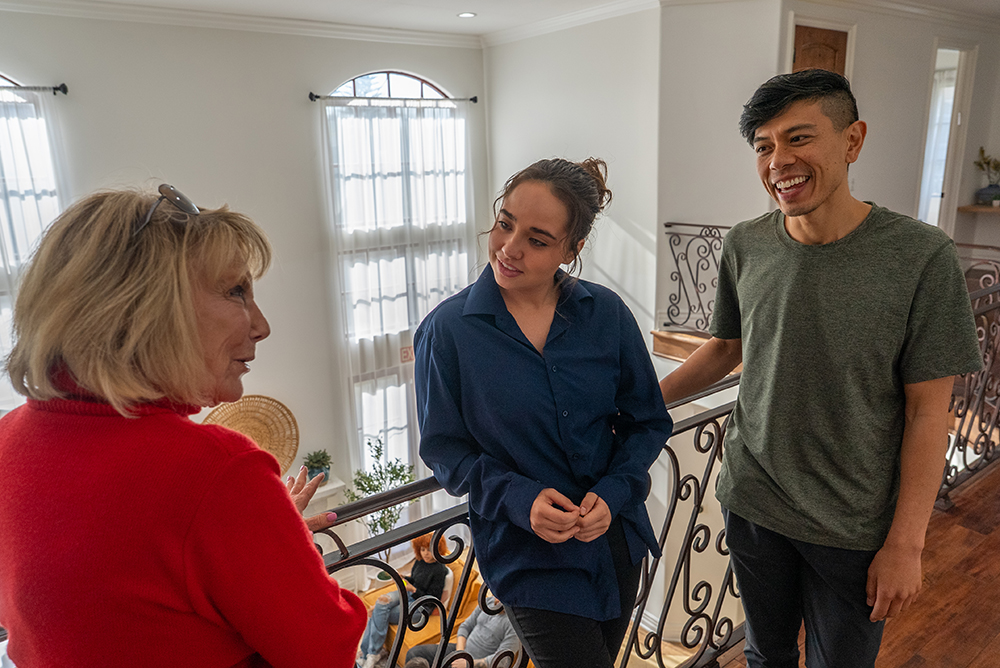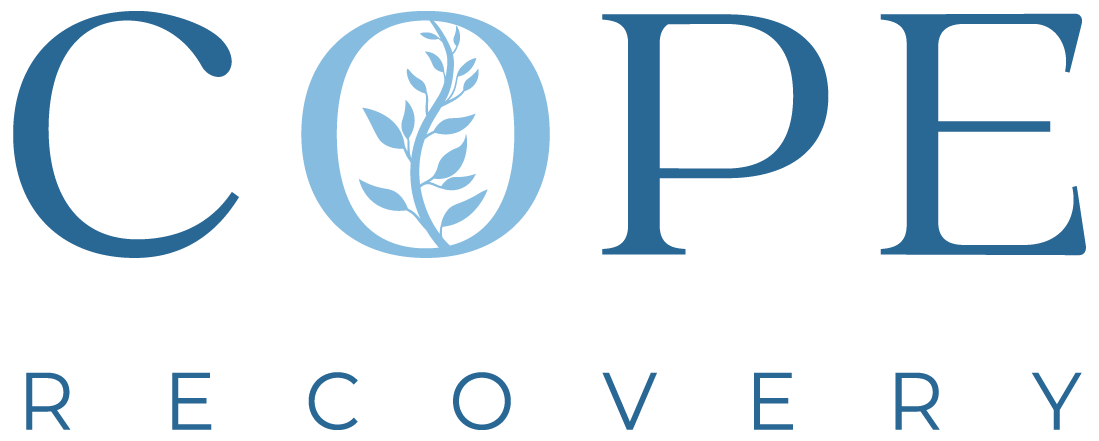Opioids

Opioids present a significant problem due to their highly addictive nature and potential for overdose. Here’s a breakdown of why they’re so challenging and what resources are available for those seeking help:
Why Opioids are a Problem:
- Highly Addictive: Opioids interact with the brain’s reward system, producing a sense of euphoria that can be very reinforcing. This makes them highly addictive, even when used as prescribed.
- Tolerance and Dependence: Over time, people using opioids develop tolerance, needing higher doses to achieve the same effect.
This increases the risk of overdose. Additionally, the body becomes physically dependent on the drug, leading to withdrawal symptoms when use is reduced or stopped. - Overdose Risk: Opioids can slow down breathing to a dangerous level, leading to respiratory depression and death.The presence of potent synthetic opioids like fentanyl in the illicit drug supply has dramatically increased the risk of overdose.
- Accessibility: Both prescription opioids and illicit opioids like heroin are widely available, contributing to the problem.
What People Can Do for Help:
- Medication-Assisted Treatment (MAT):
- Methadone, buprenorphine, and naltrexone are FDA-approved medications that can help reduce cravings, manage withdrawal symptoms, and prevent relapse.
- MAT is often most effective when combined with behavioral therapies.
- Behavioral Therapies:
- Cognitive Behavioral Therapy (CBT): Helps individuals identify and change negative thought patterns and behaviors that contribute to opioid use.
- Contingency Management: Uses positive reinforcement to encourage abstinence.
- Motivational Interviewing: Helps individuals explore their ambivalence about change and increase their motivation for treatment.
- Support Groups:
- Narcotics Anonymous (NA) and other peer support groups provide a safe space for individuals to share their experiences and receive support from others in recovery.
- Detoxification:
- Medically supervised detox can help manage withdrawal symptoms and ensure safety during the initial stages of recovery.
- Inpatient and Outpatient Treatment:
- Residential treatment provides a structured environment for individuals who need more intensive support.
- Outpatient programs offer flexibility for those who can continue living at home while receiving treatment.
- Harm Reduction Strategies:
- Overdose education and naloxone distribution can help prevent overdose deaths.
- Needle exchange programs can reduce the risk of infectious diseases for those injecting drugs.
It’s important to remember that opioid addiction is a treatable disease. Seeking help is a sign of strength, and recovery is possible with the right support and resources.
Treatment options
To treat those with opioid use disorder, it is crucial to expand access to evidence-based treatments, including medications for opioid use disorder (MOUD).
Medications for opioid use disorder
Medications used in the treatment of opioid use disorder support a person’s recovery by helping to normalize brain chemistry, relieving cravings, and in some cases preventing withdrawal symptoms. The choice to include medication as part of recovery is a personal medical decision, but the evidence for medications to support successful recovery is strong.
Buprenorphine
- Available as dissolving tablet, cheek film, or extended-release injection.
- Can be prescribed by a clinician for use outside of a clinic.
Methadone
- Available as daily liquid.
- Can only be used in a certified opioid treatment program setting.
Naltrexone
- Can be prescribed by any clinician who can legally prescribe medication.
- Only used for people who have not used opioids for at least 7–10 days.
Talk with a doctor to find out what types of treatments are available in your area and what options are best for you and/or your loved one. Addiction is a treatable, chronic disease; be sure to ask your doctor about the risk of returning to drug use and overdose.
Additional treatment options
- Outpatient counseling can help people understand opioid use disorder, their triggers, and their reasons for using drugs. This form of treatment can be done at a doctor’s office or via telehealth appointment.
Inpatient rehabilitation at a full-time facility provides a supportive environment to help people recover without distractions or temptations.
